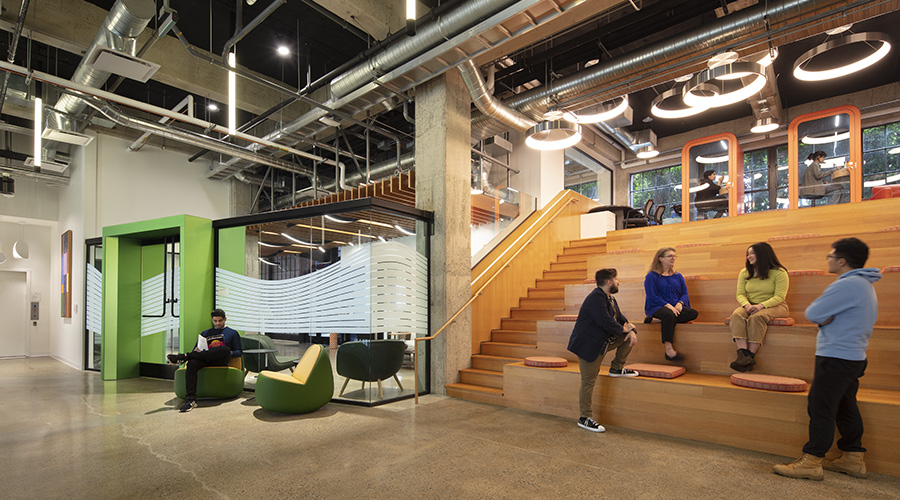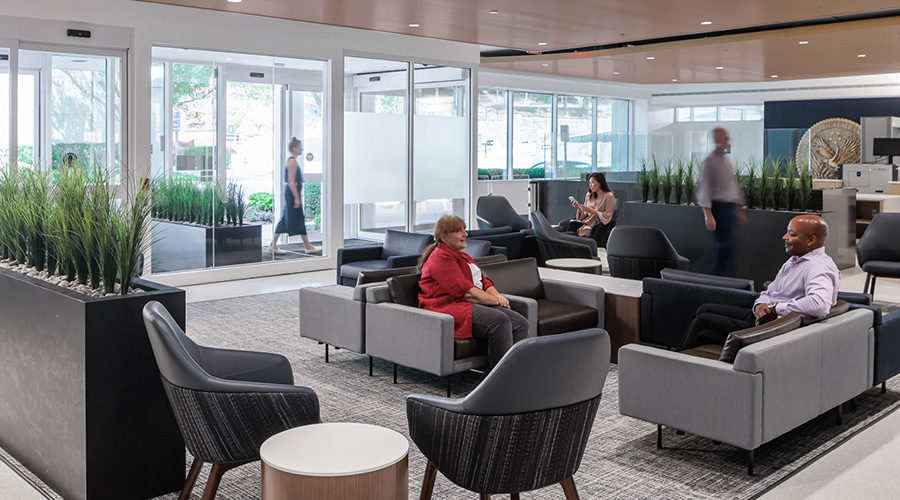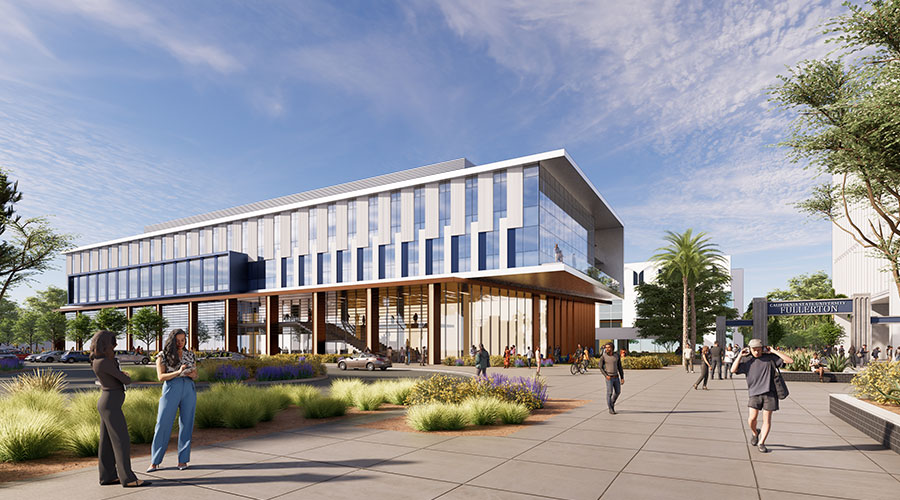How to Choose Between Engineering Consultants or Subs for Construction Projects
When considering how to handle complex engineering on a new design-build project, weigh these factors in determining the best path forward.
It’s common in the design and construction industry to come across design-build contractors who want only MEP subcontractors on their project teams. But is a consulting MEP engineer a better option than an MEP subcontractor? You may be surprised to learn that for technically complex design-build projects, it pays to have consulting MEP engineers and MEP subcontractors on your team. Each group offers distinct advantages that together contribute to a project’s success.
Consulting MEP Engineers
Consulting MEP engineers (CEs) spend much of their life learning and re-learning about physics and other scientific concepts and applying them to design complex systems that improve and keep today’s world running. New equipment and new technologies are constantly emerging, and CEs must stay current and be able to best utilize and integrate the latest equipment and technologies into the systems they design.
What CEs typically bring:
1. Recognition from government agencies or authorities having jurisdiction (AHJ) based on the CE’s reputation in the industry and previous projects. This is helpful because in many cases conceptual development often identifies a MEPFP system that is financially advantageous to the project but is not clearly allowed by code. It may, however, constitute a client-acceptable alternate design approach. Gaining AHJ acceptance on such a design concept takes time and experience that the design-build engineer possibly does not have. These types of design concepts often fall into a gray area of the building code or within an exception, and the CE can prove valuable in these circumstances.
2. Breadth. A larger consulting firm will simply have more CEs, and more minds translates into more knowledge. No matter how smart and knowledgeable any one person can be, it often takes brainstorming and consultation amongst a group of knowledgeable people to come up with the best solutions for the most complicated projects. A larger consulting firm with a deeper bench is also capable of handling multiple simultaneous project requirements, such as multiple portions of the project with the same design due dates or a barrage of submittals all needing to be reviewed by the same date.
Design-Build MEP Engineers
Design-build MEP engineers (DBs) are the same intelligent engineers as CEs, and they have tremendously more resources at their disposal regarding cost information of products, along with labor, construction, and installation techniques. Therefore, DBs can strategize and plan their designs according to feedback from actual site supervisors/foreman, reference cost data from previous projects, and confer with company product purchasers for actual current costs.
What DBs bring:
1. Efficiencies. Many of the larger subcontractors have an in-house design-build team that can serve as the engineer of record. All this information is under one roof, with actual data, whereas a CE would need to hire a third-party consultant, probably one who is an actual general contractor or subcontractor engaged for pre-construction pricing and feasibility.
2. A cost-effective approach. DBs are known for timely and budget-minded designs and equipment. For instance, they may opt to run fewer longer pipe crossover branches north and south instead of shorter ones east and west in order to provide the same grid coverage, or to locate an entire chiller plant centrally to split the pipe flows into smaller pipes in lieu of all flowing through one larger pipe with disproportionately more expensive larger piping components. DBs might select and price out several alternate equipment and/or installation types that all meet the project requirements and determine which is the most cost-effective strategy for the project at hand. This is an especially important capability in today’s post-pandemic market, where supply chain shortages can cause limited and/or delayed product availability. Such delays can, in turn, incur penalties for late project completion. Furthermore, simple disruptions in construction sequencing can reduce profits: Payments to labor continue even if the labor force is “standing around” waiting to install product that has not arrived.
Clearly, any large, complicated design-build project requires a fully rounded team of experts. If the project is worth chasing and winning, it deserves the best of both worlds when it comes to engineering talent and experience. This can only be accomplished when the project team includes both CE and DB engineers. Their collective knowledge, experience, and perspectives lead to successful project outcomes.
John Reis is an associate principal at Syska Hennessy Group.
Related Topics:












